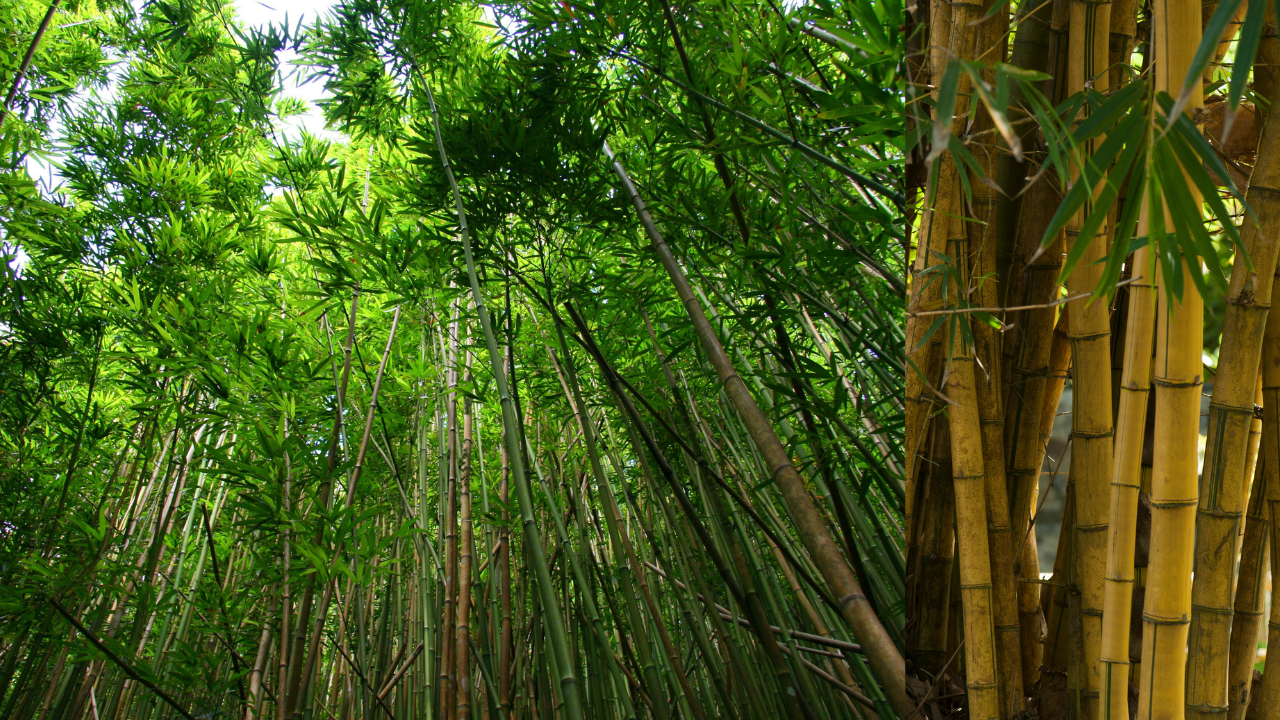Transform your yard with bamboo! Our guide covers choosing the right bamboo, prepping your soil, planting techniques, and aftercare.
Introduction to Bamboo Planting
Bamboo, often referred to as the "wonder grass," is a versatile and fast-growing plant that has been cultivated for various purposes for centuries. From construction material to erosion control, bamboo offers numerous benefits, making it an excellent addition to any garden or landscape.
What is Bamboo?
Bamboo belongs to the grass family and comprises over 1,400 different species. It is known for its rapid growth, with some species capable of growing several feet in a single day under optimal conditions. Bamboo is prized for its strength, flexibility, and sustainability.
Importance of Bamboo Planting
Planting bamboo not only adds aesthetic appeal to your surroundings but also contributes to environmental conservation. Bamboo plants absorb carbon dioxide, release oxygen, prevent soil erosion, and provide habitat for wildlife.
Selecting Bamboo Species
Before planting bamboo, it's essential to choose the right species that suit your climate and space availability.
Clumping vs. Running Bamboo
Clumping bamboo grows in tight, non-invasive clusters, making them suitable for smaller gardens. In contrast, running bamboo spreads rapidly through underground rhizomes and requires containment to prevent it from becoming invasive.
Climate and Soil Considerations
Different bamboo species thrive in various climates and soil conditions. Research the specific requirements of the bamboo species you plan to plant to ensure its successful growth.
Preparing for Planting
Proper preparation is crucial for the successful establishment of bamboo plants.
Choosing a Planting Location
Select a location with adequate sunlight and well-drained soil. Avoid planting bamboo near structures or utilities, as their vigorous growth can cause damage.
Soil Preparation
Prepare the soil by loosening it to improve drainage and incorporating organic matter to enhance fertility. Conduct a soil test to determine pH levels and nutrient deficiencies.
Planting Process
Bamboo can be planted either from seeds or transplants, depending on your preference and availability.
Planting Bamboo from Seeds
To plant bamboo from seeds, soak them in water for 24 hours before planting them in a seed tray filled with potting mix. Keep the soil consistently moist until the seedlings emerge.
Transplanting Bamboo from Pots
If transplanting bamboo from pots, carefully remove the plant from its container and place it in a prepared hole in the ground. Ensure the root ball is level with the soil surface and backfill with soil.
Caring for Bamboo Plants
Proper care is essential to ensure the health and vitality of bamboo plants.
Watering Requirements
Bamboo plants require regular watering, especially during dry periods. Keep the soil consistently moist but not waterlogged to prevent root rot.
Fertilization and Mulching
Apply a balanced fertilizer during the growing season to promote healthy growth. Mulching around bamboo plants helps retain moisture, suppress weeds, and regulate soil temperature.
Managing Bamboo Growth
Bamboo's rapid growth can become overwhelming without proper management techniques.
Controlling Bamboo Spread
To prevent bamboo from spreading uncontrollably, install root barriers or plant it in containers. Regularly monitor the perimeter of bamboo stands for rhizome intrusion.
Pruning and Maintenance
Prune bamboo plants to remove dead or damaged stems and thin out overcrowded areas. Regular maintenance helps maintain the plant's health and shape.
Benefits of Bamboo Planting
Planting bamboo offers a multitude of benefits beyond its aesthetic appeal.
Environmental Benefits
Bamboo plants absorb more carbon dioxide and produce more oxygen than equivalent stands of trees, making them invaluable in combating climate change. Additionally, bamboo helps prevent soil erosion and promotes biodiversity.
Practical Uses of Bamboo
Bamboo is a versatile material used in various applications, including construction, furniture making, paper production, and culinary purposes. Its strength, durability, and sustainability make it an eco-friendly alternative to traditional materials.
Conclusion
In conclusion, bamboo planting doesn't have to be daunting. With the right knowledge and preparation, you can successfully grow and maintain bamboo plants in your garden or landscape. Whether you're drawn to its environmental benefits, practical uses, or aesthetic appeal, bamboo is a valuable addition to any outdoor space.

FAQs
-
How fast does bamboo grow?
- Bamboo can grow several feet in a single day under optimal conditions, making it one of the fastest-growing plants on Earth.
-
Is bamboo invasive?
- Some species of bamboo, particularly running bamboo, can be invasive if not properly contained. Clumping bamboo varieties are less likely to spread aggressively.
-
Can bamboo survive in cold climates?
- While bamboo is typically associated with tropical climates, many cold-hardy species can withstand freezing temperatures with proper care and protection.
-
Is bamboo difficult to maintain?
- Bamboo requires regular maintenance to control its growth and ensure its health. However, with proper care, it can thrive in various environments.
-
Can I harvest bamboo for construction purposes?
- Yes, bamboo is commonly used in construction for its strength and flexibility. Harvesting bamboo for construction should be done sustainably to ensure the continued health of bamboo forests.


2 comments
Clark
Solo Leveling follows Sung Jin-Woo, a weak hunter who gains the ability to level up beyond human limits. With epic battles, stunning art, and steady character growth, it’s a must-read for action fantasy fans.
https://www.thesololevelingmanga.com/
Tejaram Choudhary
We want Bamboo Seed of Manvel quality (solid Bamboo)
Please reply about availability, prices etc.